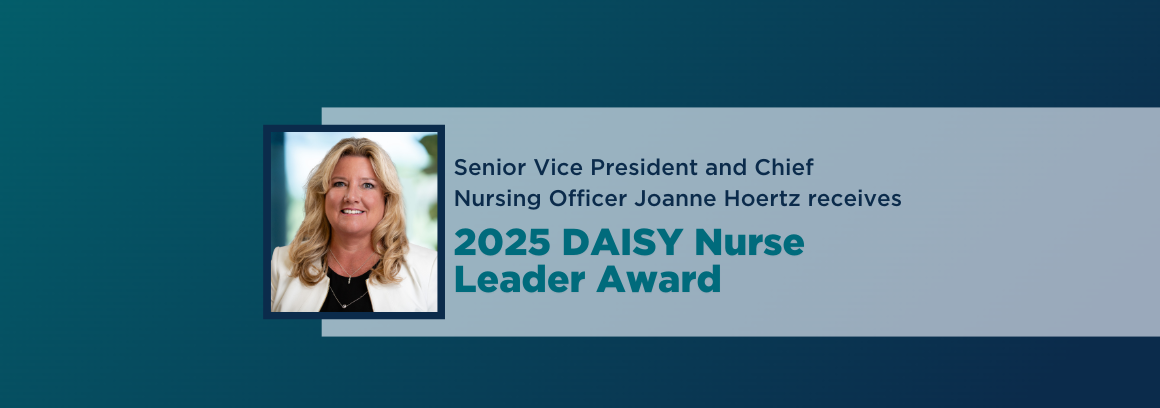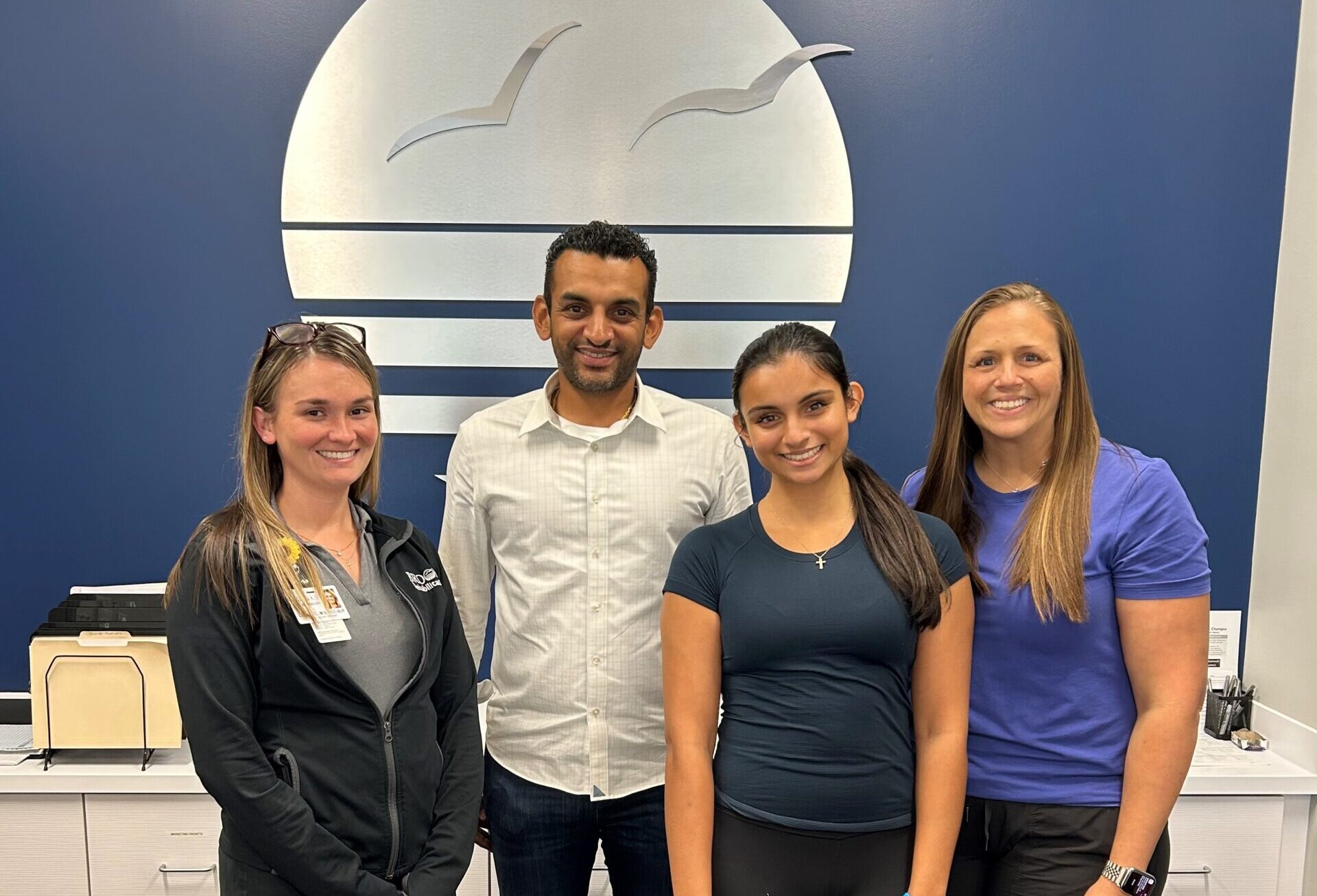Filter conditions by category
Latest News and Health Resources from Brooks
Education and guidance to support your recovery
Joanne Hoertz Receives 2025 HealthImpact Daisy Nurse Leader Award
Senior Vice President and Chief Nursing Officer at Brooks Rehabilitation, Joanne Hoertz, RN, MSN, CRRN, has been recognized as a 2025 honoree for the prestigious HealthImpact Daisy...





